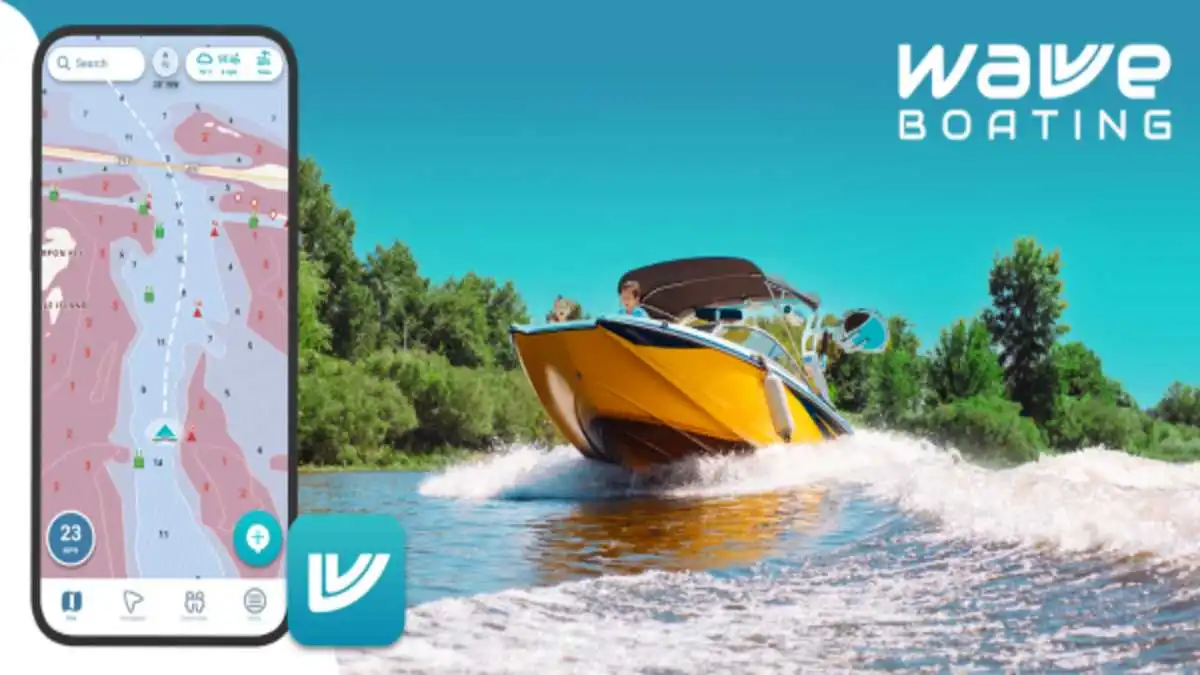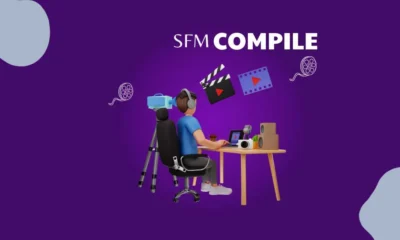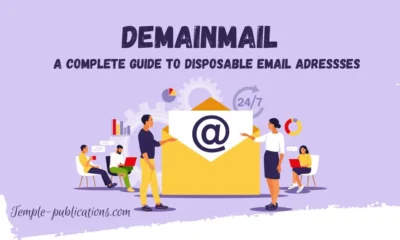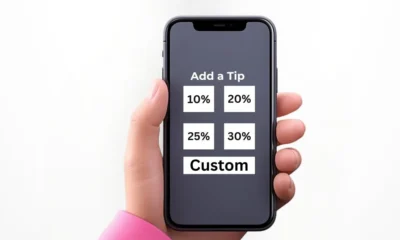GENERAL
How do C-MAP and Navionics Compare in Route Planning and Waypoints?

For boaters, choosing the right marine navigation software is essential for safe and efficient travel on the water. Two of the most popular options, C-MAP and Navionics, offer advanced route planning and waypoint management features. While both provide detailed charts and real-time updates, they differ in usability, coverage, and customization. This blog will compare C-MAP and Navionics, helping you determine which best suits your navigation needs.
1. Chart Accuracy and Coverage
A key factor in selecting a navigation tool is the accuracy and range of chart data.
- C-MAP: Known for its highly detailed charts, C-MAP offers coverage for coastal waters, inland lakes, and offshore routes, making it ideal for both recreational and commercial use. It also integrates with satellite imagery for better situational awareness.
- Navionics: Offers worldwide coverage, including popular boating destinations and remote waterways. It is widely used among anglers and cruisers due to its regularly updated community edits and crowd-sourced bathymetry data.
Both apps offer detailed contour lines and depth shading, but Navionics is often preferred by those who need a community-driven approach. At the same time, C-MAP is praised for its high-resolution satellite overlays and commercial-grade accuracy.
2. Route Planning Capabilities
A strong route planning feature ensures smooth navigation, whether on a short or a long voyage.
- C-MAP Easy Routing: Provides automatic route suggestions based on boat specifications, depth data, and potential hazards. This is particularly useful for beginners who want a hassle-free experience.
- Navionics Dock-to-Dock Autorouting: Similar to C-MAP’s Easy Routing, this feature suggests the safest and most efficient path and includes marina information, fuel stops, and points of interest.
Both platforms automatically calculate optimal routes, but Navionics stands out with its enhanced POI database, while C-MAP excels in hazard avoidance and depth-based path recommendations.
3. Waypoint Management and Customization
Waypoints are crucial for marking fishing spots, anchor locations, or safe passages.
- C-MAP: Offers detailed waypoint customization, allowing users to add notes, icons, and different waypoint categories. It syncs seamlessly across devices and compatible chart plotters.
- Navionics: Features a user-friendly waypoint marking system, with the ability to save, edit, and share waypoints. Anglers benefit from community-sourced fishing spots and seabed composition data.
Both apps allow for cloud storage and waypoint synchronization, but C-MAP provides more customization options, while Navionics offers a more extensive community-driven database of shared waypoints.
4. Weather and Tidal Information
Marine navigation is incomplete without real-time weather and tidal data.
- C-MAP: Provides high-resolution weather overlays, including wind direction, wave height, and sea temperature. It also integrates with third-party weather services for enhanced forecasting.
- Navionics: Offers real-time tide charts, current predictions, and localized weather reports. The data is updated frequently and provides insights into fishing conditions and storm tracking.
Both apps help boaters plan routes based on weather conditions, but C-MAP offers higher-resolution forecasts, while Navionics provides detailed tidal and current information beneficial for coastal navigation.
5. Offline Navigation and Map Download
Connectivity isn’t always available on the water, making offline capabilities essential.
- C-MAP: Allows users to download maps for offline use, ensuring access to detailed charts even in remote locations.
- Navionics: Also supports offline navigation, with automatic updates when connected to Wi-Fi.
Both platforms ensure reliable navigation without an internet connection, making them excellent choices for offshore trips.
6. Device Compatibility and Integration
C-MAP and Navionics integrate with various devices, but their compatibility differs slightly.
- C-MAP: Compatible with Raymarine, Simrad, B&G, Lowrance, and other chart plotters. It also syncs with mobile apps for on-the-go navigation.
- Navionics: Works well with Garmin devices, as Garmin owns Navionics. It supports mobile and tablet applications with seamless cloud syncing.
If you own a Garmin system, Navionics is the better choice, while C-MAP offers broader compatibility with multiple brands.
7. Cost and Subscription Options
Both apps require a subscription for full functionality, but their pricing structures vary.
- C-MAP: Offers different pricing tiers based on region and chart coverage, with annual subscriptions and additional premium features.
- Navionics: Charges a flat yearly fee for global access to charts and real-time updates. The subscription includes SonarChart Live and ActiveCaptain integration.
While Navionics provides better value for worldwide coverage, C-MAP’s regional pricing structure allows users to pay for only the needed areas.
Final Thoughts
C-MAP and Navionics offer excellent route planning and waypoint management, but the best choice depends on your specific needs.
- Choose C-MAP if you prioritize detailed satellite imagery, customizable waypoints, and commercial-grade hazard avoidance.
- Opt for Navionics if you prefer community-driven data, advanced tidal predictions, and seamless Garmin integration.
Regardless of your choice, both apps significantly enhance navigation and ensure a smoother, safer boating experience.
-

 BIOGRAPHY7 months ago
BIOGRAPHY7 months agoBehind the Scenes with Sandra Orlow: An Exclusive Interview
-

 HOME1 year ago
HOME1 year agoDiscovering Insights: A Deep Dive into the //vital-mag.net blog
-

 HOME1 year ago
HOME1 year agoSifangds in Action: Real-Life Applications and Success Stories
-

 BIOGRAPHY1 year ago
BIOGRAPHY1 year agoThe Woman Behind the Comedian: Meet Andrew Santino Wife




























